Your Quality Improvement Guide
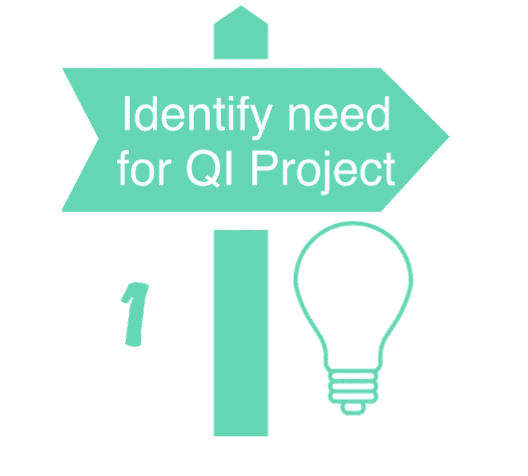
Identify a quality issue
This could be anything from a small scale individual improvement all the way up to a corporate change. Start to think about how you could take this forward as a QI.
Prioritise your projects
The first step is to identify the need for a quality improvement project.
It could be you use information/data held within your team/department/organisation.
Priority could be given to projects that identify a gap and high impact, have a high likelihood of success, has organisational support such as, does it reflect and align with organisational priorities or strategies?
A QI project can be anything which could potentially result in an improvement and there are many different ways to identify the need for change including; feedback (from staff, service users, carers), delays, complaints, commissioner priorities, new structure, new services and many more.
QSIR Project Initiation Document
QSIR Project Management Overview
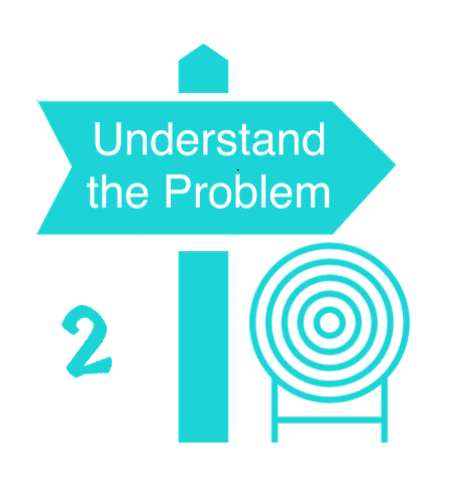
What are you trying to accomplish?
Set and agree on your improvement aim. Try to be clear and realistic, keeping your deadlines, scope and target from becoming unachievable or irrelevant.
Understand the problem
In the first step, you identified the service, area, pathway, process or problem that needs improving. In the second step we now need to understand this problem in more detail before we move into action.
Make sure you fully understand your problem first before you start thinking about solutions. It is key not to rush into solutions before you properly understand the problem. Fact finding at the start will be hugely beneficial later on.
QSIR 6S
QSIR Cause Effect Fishbone
QSIR Developing Your Aims Statement
QSIR Five Whys
QSIR Managing Variation
QSIR Measurement For Improvement Overview
QSIR Run Charts
QSIR Statistical Process Control
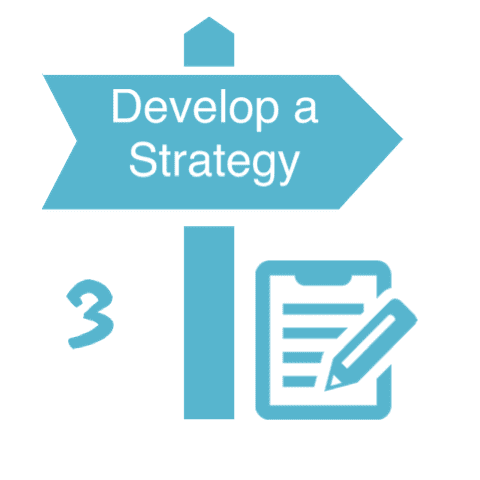
What changes can we make that will result in the improvement we seek?
Use the range of QSIR tools at your disposal to help develop your strategy. Brainstorming, mindmaps, affinity diagrams and more.
Get creative
The third and final question in the Model for Improvement focusses on developing a strategy and what change we can make that will result in the improvement we seek.
In Step 2 you will have spent time understanding your problem, set your improvement aim, completed some bench marking and collected data to capture the current situation. In Step 3 it’s now time to get creative and generate ideas for change. While you took the time to understand the
current situation you might have already started a list of change ideas (i.e. ideas from colleagues and users, best practice guidelines). There are many tools and techniques we can use to help us generate more ideas of changes we can test that will improve our process.
QSIR Brainstorming
QSIR Driver Diagrams
QSIR Fresh Eyes
QSIR Six Thinking Hats
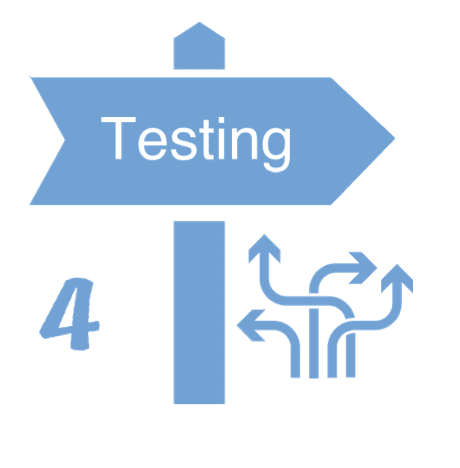
Be sure to test your ideas!
Use your Plan, Do, Study, Act (PDSA) cycles to test and modify your ideas before implementing them.
The cycle process
You now should have a list of ideas for changes you could make. In Step 4 you will establish whether these ideas will result in improvement. To do this we will use the cycle process of Plan, Do, Study, Act (PDSA).
Why test?
Small tests are easier, also to undo if it didn’t work – learning and adapting ideas for change leads to increased level of success for the selected change to implement. The approach empowers people to take actions, increasing their level of belief and confidence People are happier to try small changes and show less long-term resistance.
The approach allows you to test ideas under different conditions. Change is built and adopted gradually which means it’s based on evidence that you build via the PDSA cycles.
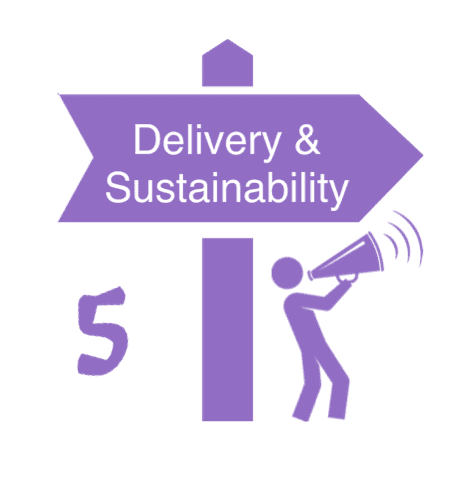
Sustainability and spread
It is vital to ensure that your improvement is sustainable, for example, this new way of working becomes the norm. Spread is also key, ensuring your improvement can reach as far as possible.
The new way of working
Sustainability is ‘when new ways of working and improved outcomes become the norm.’ In other words, it is when an improvement has become an integrated and the mainstream way of working.
Think of the PDSA cycles like wheels, moving forward in advancement up a hill. If you don’t place a chock behind the wheel, it could roll backwards again, like a jet airliner on a slight incline!
Once you have undertaken step 5, it doesn’t mean you should finish your project there. Go back over previous steps - has anything changed?
